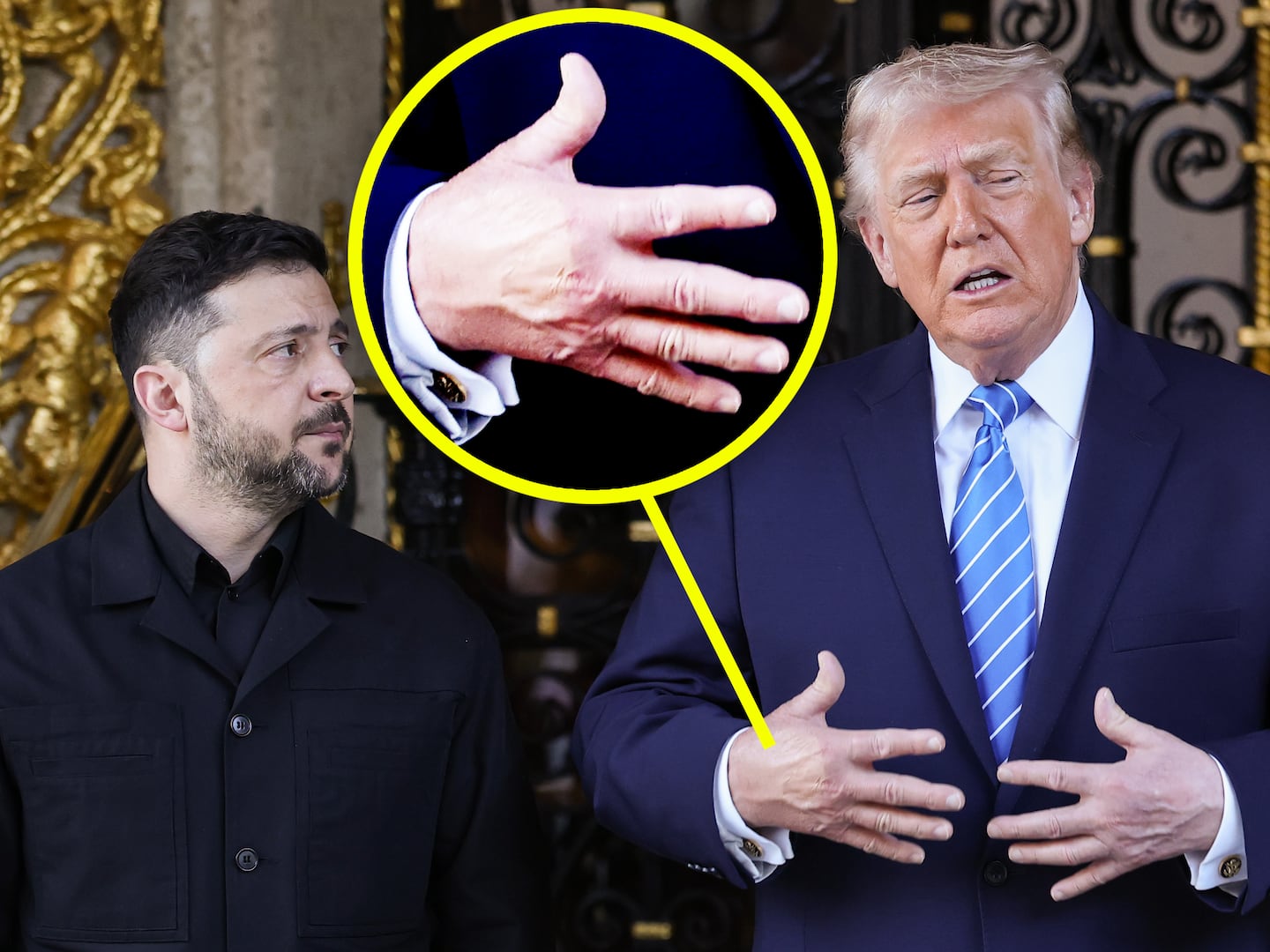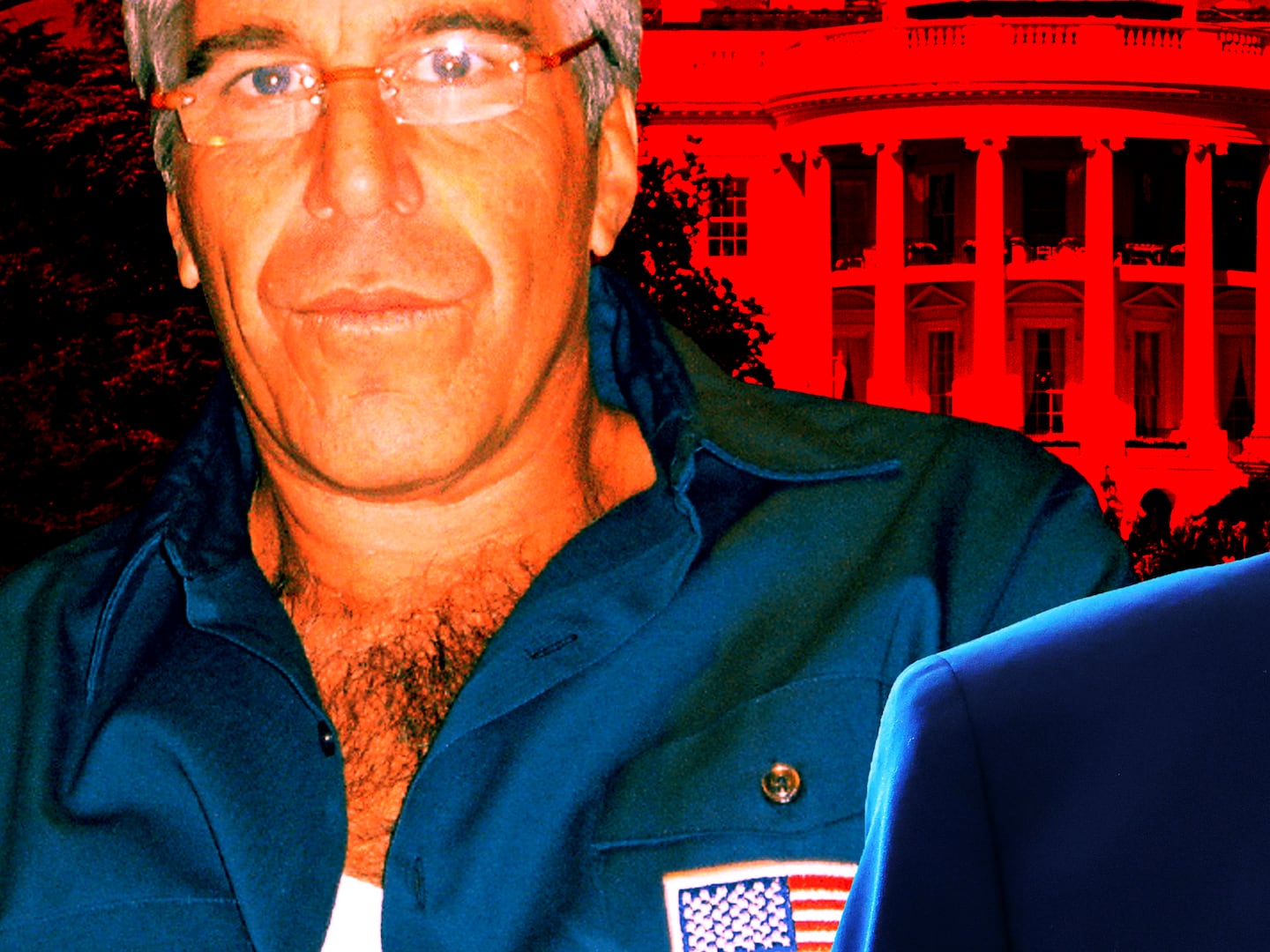WALLACE, Louisiana — On a warm afternoon in early December, John J. Cummings III, 78, sat in a slant of sunlight among the statues of slave children in Antioch Baptist Church, which he installed at Whitney Plantation after the congregation moved to a new physical home.
“You judge a society by how it treats children,” said Cummings, a wealthy trial lawyer who looks younger than his 78 years. He could have retired to the good life at his home in a New Orleans suburb, an hour’s drive south of this village on the Mississippi River. Instead, he bought the plantation in 1998 and over sixteen years invested “north of $8 million” in turning a major area of the 1700 acres into a museum unlike any other in America.
“When people say ‘slavery,’ they don’t usually think of children,” he continued in the soft drawl of a city where his Irish roots stretch deep into the 19th century. “Children owned, died and buried here. Pretty outrageous, don’t you think?”
Thirty-nine children, according to researchers who have culled records on Whitney between 1823 and 1863. All but six of them expired under the age of five.
Since Whitney opened last year, 34,000 people have toured the grounds, stood inside the meager cabins where slaves lived, absorbed the contrast inside the nicely-restored big house, and let their fingers touch the monolithic Wall of Honor listing 400 names of enslaved African-Americans who spent their lives on the plantation.
The dark children in tattered clothes with thin eye-slits who sit in the church, and on the steps of a slave cabin, hover like spirits in silent witness. They were made by Woodrow Nash, an African-American artist from Akron, Ohio, whose work Cummings saw displayed in a tent at the New Orleans Jazz and Heritage Festival in 2001. He hired the sculptor in 2005 to cast the fifty clay “Children of Whitney” figures, and two made of bronze.
Cummings’ vision of a past resurrected is a jarring strand in the media narrative on symbols and memory that has ripped across the South since the church killings in Charleston in June.
As the Confederate flag became a flashpoint in South Carolina, causing Gov. Nikki Haley to force its removal with the legislature’s consent, New Orleans became its own theatre in the memory wars. In June, Mayor Mitch Landrieu ordered the removal of four Confederate monuments, including the iconic 60 foot column bearing a statue of Robert E. Lee, at the downtown turn of the St. Charles Avenue streetcar track.
Landrieu’s move threw the issue before the city council which held a series of roiling public hearings, before voting 6-1 on Thursday to dismantle the monuments to Lee, Confederate states president Jefferson Davis, General P.T. G. Beauregard and an obelisk honoring an 1874 insurrection by the White League, a forerunner to the Ku Klux Klan that regained white control of the city.
“The Confederacy was on the wrong side of humanity,” said Landrieu, addressing the 7-member council at the outset of Thursday’s raucous meeting. “It supported and promoted a truly horrifying, twisted system built on the premise that they had the right to treat human beings as slaves.”
The audience was largely behind the mayor—the city is 62% African-American—but in the hour for comments people on both sides grew unruly. “What about crime, and bad schools?” blurted a white man in the audience to a volley of jeers by blacks.
As citizen after citizen testified, and people interrupted with cat-calls and insults, the cold truth in the holy city where jazz began kept erupting: the past is messy, a place packed with landmines and no clear road map to a consensus on something that ended 150 years ago: slavery.
With each speaker held to two minutes, Council President Jason Williams, himself an African-American, kept people to the clock.
“You do not see streets in Germany named for Hitler!” cried a young Lyrica Neville, reading her text from an I-phone. “It’s psychologically damaging to walk past these murderers,” represented by the statues.
“This is a Pandora’s box you’re opening,” countered hotelier Jonathan Mackie when his turn came, entreating the council to vote against Landrieu. “Bienville [founder of the city] owned slaves. Why stop there? The Ursuline nuns owned slaves…This is not going to end! We’re a historic city, a living museum.”
“Not one of those st atues would be welcomed in the United Nations or Rome,” asserted Jerome Smith, a revered neighborhood activist who was beaten in a Mississippi bus station with the Freedom Riders in 1960. Smith seemed to be saying that international statecraft, and Pope Francis, sided with Mayor Landrieu, but he dropped the metaphorical string and was moving elsewhere when Council President Williams, called him on the clock.
“Take me to jail!” thundered Smith, as three comrades stood behind him, shoulder-to-shoulder in a direct challenge to NOPD. People in the crowd began screaming. The police, who were black, persuaded Smith and his allies to step into the back of the hall because the last thing Williams or Landrieu wanted was the media following Jerome Smith to Central Lock-up.
The council voted 6-1 to take the monuments down. Three preservationist groups immediately filed a federal lawsuit to prevent the move. Landrieu signed the ordinance that afternoon; it is unlikely a federal judge will intervene on the decision of a mayor and council over the placement of urban monuments.
Taking down Robert E. Lee will be a front-page story across America and a guaranteed quick-hit on national TV news on the day the crane goes into action.
But as emotions played out in the council chambers, new issues emerged. What to do with the monuments after they are stored in a city warehouse?
“If they decide to remove them they should not be destroyed,” Cummings told The Daily Beast. “They should be placed in an educational center within the city of New Orleans with 100% input from all sides.”
Others have called for an expansive green space that would include new monuments to prominent African-Americans.
More pressing to those on the losing side is a litmus test on who owned slaves as applied to the removal or maintenance of other statues.
Bienville, the French-Canadian aristocrat who founded the city in 1718 owned slaves and spent decades fighting Indians, many of whom also trafficked in slaves. Bienville stands in a statue outside the French Quarter flanked by a missionary priest and Native American.
Landrieu’s last year as mayor is 2018, when the city celebrates its TriCentennial. A move to the warehouse for Bienville would be a real migraine for any mayor.
Walter Isaacson, a New Orleans native who visits often, advanced a rationale in a New Orleans Advocate column for how to deal with issues from the messy past. Drawing a contrast with the “Myth of the Lost Cause” fervor that gripped the city in the decades after the Civil War, when the monuments soon coming down were erected, Isaacson notes: “One way to make distinctions and develop principles about different monuments is to look at their history. What was the purpose of the monument? Why was it erected? What message was it built to send?”
Andrew Jackson, who owned slaves and waged ruthless battles against Indians, sits on a horse in front of St. Louis Cathedral at the city’s major plaza, Jackson Square, celebrated for his role in defeating the British at the Battle of New Orleans in 1815.
In 1856, writes Isaacson, “60,000 people jammed into [the old Place d’Armes] to celebrate the unveiling of Clark Mills’s statue of the general on his rearing horse. The intent of the monument was clear. It was to honor the man who had mustered in that square a motley assortment of troops—militiamen, Kentucky volunteers, slaves, free men of color, local gentry, Indians, pirates and privateers—to defend the city for America…Gov. William Claiborne gave Jackson approval to recruit blacks, and Jackson issued a special proclamation to them.”
That may not be enough for African-American hardliners; but the removal of Lee and the others was a tough pill for George Schmidt to swallow. Schmidt is a painter of historical scenes and got thrown out of the Dec. 10 council hearing for flipping the middle finger to hecklers in the audience as he tried to speak.
“If George hadn’t shot them the finger he could have stayed,” a law enforcement source told The Daily Beast.
“I’ve been to three of these meetings and the same people are always yelling and interrupting,” Smith told the Daily Beast. “Yeats said that providence has given the artist recklessness. I was trying to read my statement, and the yelling was obnoxious. So I flipped them the bird. I went to De La Salle [High School], right? That was part of my youth speaking.”
On a sober note, Schmidt bemoans the removal of the statues for aesthetic reasons:“This is destructive of some of the finest monumental art work in the nineteenth century, and it’s an affront to the very idea of the freedom embodied in the creative art. We are witnessing the rise of a new barbarism that is ISIS-like in scope,” referring to the militant Islamists destroying historical architecture in Syria today. “The slippery slope is paved with good intentions.”
Schmidt, who sells his work from a gallery on Julia Street in the arts district, is also a singer with the New Leviathan Oriental FoxTrot Orchestra, which specializes in early 20th century music. One of his finer paintings occupies a wall on the bar in the Inter-Continental Hotel and depicts the 1906 mental breakdown of Buddy Bolden, the pioneering jazz cornetist. The painting, anchored in solid research, shows Bolden on the side of the street, holding his head, as a black woman on a porch step stares at him, and the marching band continues on without him. Consigned by his family to a state mental hospital, the “first man of jazz” lived another three decades, never performing again.
Bolden in his last years walked from post to post in the state sanitarium for Negroes at Jackson, La. His doctors noted that he seemed to derive some form of security by holding the posts, and talking to himself. The man who made such soaring early blues-based jazz was perhaps a paranoid schizophrenic, or had some other diagnosis unknown at the time.
Bolden gives jazz a tragic tinge; yet the music that arose from polyrhythms of African dance and blues intonations that migrated into towns and cities in the 1890s flowed out of that plantation past. If slavery is the original sin of America, the aforementioned Whitney Plantation holds a mirror to the nation’s tortured soul today, a time when gun violence is rampant, the Congressional majority is handcuffed by the National Rifle Association and Republican president candidates are determined to out-macho each other on keeping migrants out of a nation of migrants.
“The Whitney is a spiritual experience in the way of so many African spiritual traditions, focused around the ancestors and the dead,” said Constance Sublette, coauthor with her husband Ned Sublette of a powerful new book, The AmericanSlave Coast: A History of the Slave-Breeding Industry.
The Sublettes estimate that the large majority of enslaved children were born to two-parent families, though the parents may not have lived on the same plantation.Virginia had a booming export business in slaves.
“About a quarter of those trafficked southward were children between eight and fifteen, purchased away from their families,” they write. “The only age bracket in which females outnumbered males in the trade was twelve to fifteen, when they were as able as the boys to do field labor, and could also bear children.”
John Cummings, the owner of the Whitney, was driving through Virginia the day after the New Orleans City Council sided with the mayor to remove the four Confederate monuments.
“The goddamn civil war was a lost war and a lot of people aren’t willing to admit it was lost even to this day,” said Cummings on his cell phone. “It’s like it’s still being fought here. They name major highways here after Mosby’s raiders. In fact some people call it the War of Northern Aggression. It’s still alive and well in Virginia.”
What does he think of the escalated rhetoric on racially charged issues as the South looks into its painful past?
“I think that as long as both sides don’t threaten each other or use obscene language, they are exercising a constitutional right and we should listen to all of them. This is painful. But you have to tell all the citizenry to hold on, so reasonable people can find a cure. We can’t rewrite history but we can right some of the wrongs.”
Jason Berry’s books include Last of the Red Hot Poppas, a comic novel on Louisiana politics.





